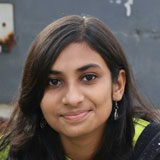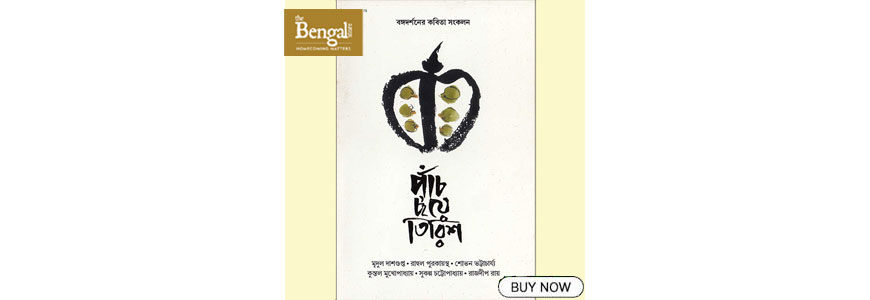Remembering poet Nishikanto Roychowdhury
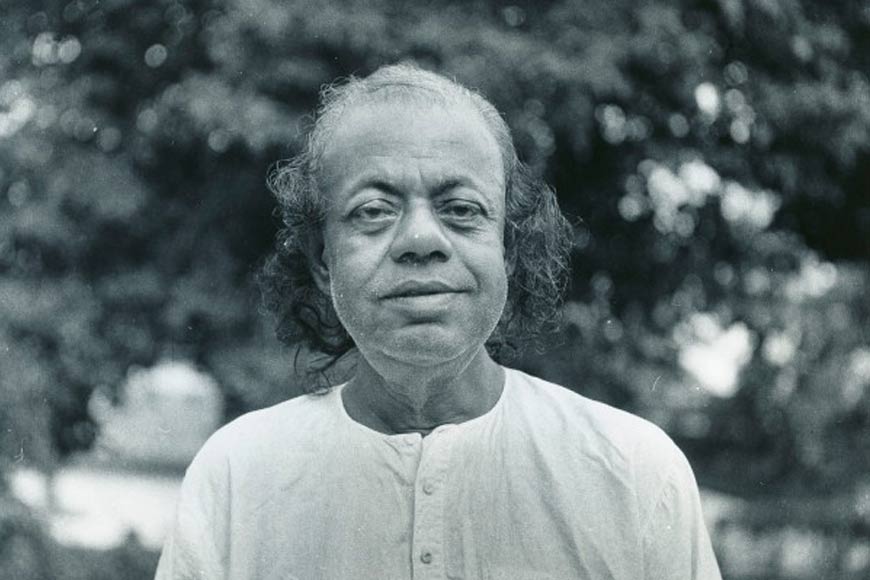
He was the man who was known as Chand Kobi, a name that was given by none other than Rabindranath Tagore himself. But who was this poet who was loved by even Tagore? He was Nishikanto Roychowdhury. Born in 1909, he lost his mother at a very early age of four. And that’s when he was sent to Santiniketan. He received his early education from Kala Bhavan. His elder brother Shudhakanto Roychowdhury was Rabindranath Tagore’s secretary.
Inspired by Tagore, he started writing poetry at a very young age. His poem “Tukri” was published in “Vichitra”. He used to compose small poems in blank verse which were mostly based on the day-to-day happenings around him. Those poems were revised and corrected by Tagore, then printed in “Vichitra”. He was a student of Abanindranth Tagore and Nandalal Bose. His friends included many big personalities such as Dinendranath Tagore, Shantideb Ghosh, Sagormoy Ghosh and so on. Nishikanto was loved by children who called him “Kobi da”. He read out to them tales from the Ramayana, Mahabharata and fairy tales (some of which were imagined and composed by him). He was very fond of the writings of Sri Aurobindo as well.
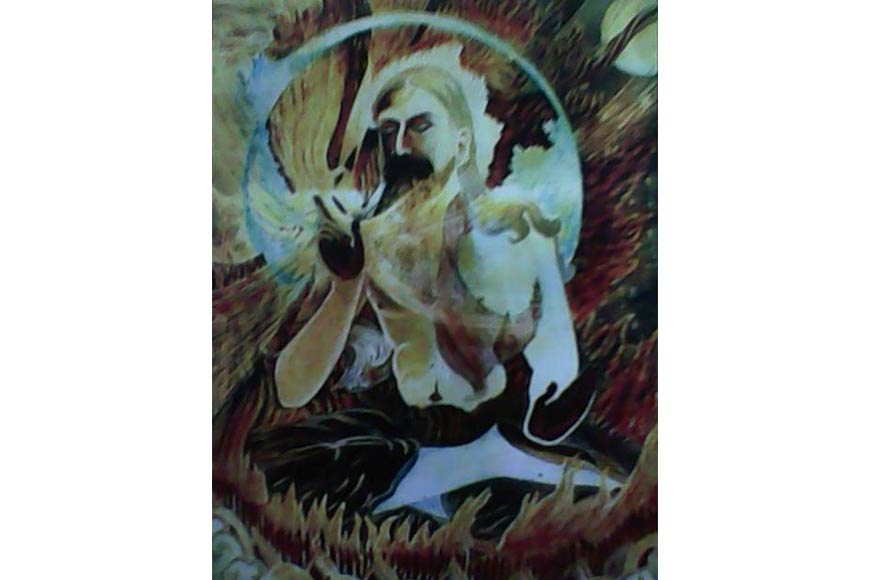
In 1934, Nishikanto went to Pondicherry for the first time. He knew no one in the Ashram but had heard that Dilip Kumar had facilitated the admission of many an aspirant in the Ashram. The day he arrived at the Tresor House, he had uncombed hair, unimpressive appearance and was dressed shabbily; but Dilip Kumar didn’t fail to notice the fire that was burning in his eyes. He informed Dilip Kumar about his interest in Sri Aurobindo’s Integral Yoga and his purpose was to receive initiation from the Lord. Dilip Kumar was impressed by Nishikanto’s simplicity. This paved the way for a friendship that lasted till the end. Dilip Kumar used to search for fresh talent and in Nishikanto he found a poetic genius. He was devoted to Sri Aurobindo Ghosh and Sree Ma and earned their blessings. Many of his poems depict the immense devotion he had towards Rishi Aurobindo and the Mother.
At that time, he was not yet famous as a poet, he started publishing his poems from Pondicherry. His first poem was “Alakananda”, after which “Diganta”, “Bhorer Pakhi”, “Vaijayanti”, “Nabadipan”, “Pachish Pradip”, “Bande Mataram”, “Shikha-satadal”, “Lilayan” - such anthologies of poetry were also published. He composed poetry even in Sanskrit. His poems had a touch of spirituality. His aim was to reach the highest point of spirituality, which is also known as self-realisation in Indian philosophy. According to Subhash Ghoshal, an ardent disciple of Sri Aurobindo and the Mother, Nishikanto’s poems are a bit different than the mainstream poetry. His beliefs and ideals are portrayed very clearly in his poems. Poet Buddhadeb Basu was very fond of Nishikanto’s poems. As he started practising integral yoga, his poetry took a new turn and gave birth to a new genre of poetry - his poems had taken a mystic spiritual turn. The main characteristics of his poems are- the waves of various feelings, a continuous flow of expressions, rhythm and an abundance of metaphors and imageries.
Nishikanto Roychowdhury was a multi-talented person. Not only a poet but he was a lyricist as well. He composed many songs such as “Ei prithibir pother pore”, “Jolbar montro dile more”, “Shokhi diyo na diyo na”, “Puja amar sango holo”, “Tomar andhar nishai andhar pohabe” and more, which were set to tune by Dilip Kumar Roy. According to Sudhir Chakraborty, his songs have a touch of spirituality which is why most of his songs are classified as devotional.
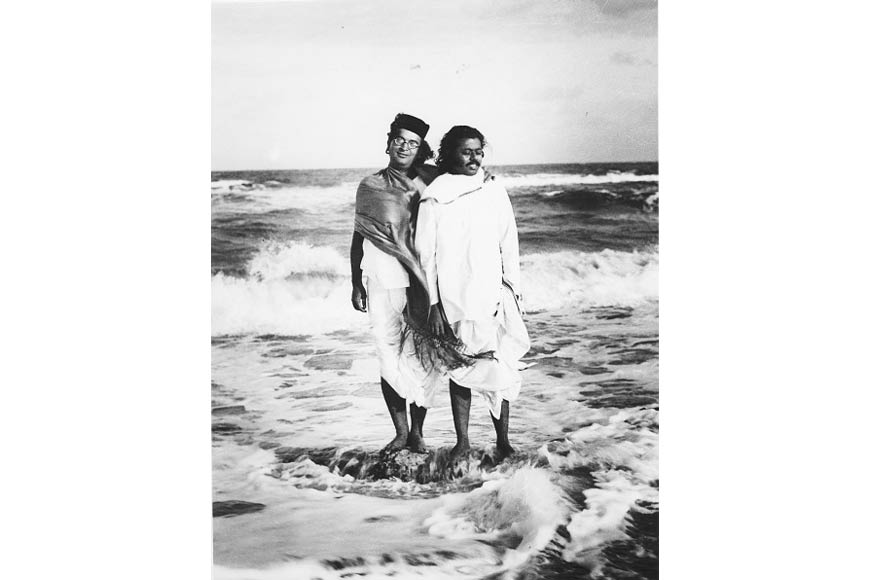 With Dilip Kumar Roy
With Dilip Kumar Roy
Nishikanto was a great painter who loved to draw the landscapes of Pondicherry. His paintings were of two types - landscape and symbolic. His paintings have a unique style and message. His gurubhai Nirodbaran has recalled: ‘Nishikanto would sit in half padmasana with his Ganesh-like paunch darkly shinning, half discarding the artificial beauty of the worn dhoti and applying the brush with brooding eyes while the glossy jet-black curls were rhythmically swaying like tender infant snakes around his neck.’ Sri Aurobindo too had remarked about Nishikanto’s paintings: ‘Nishikanto has already his own developed technique and a certain originality of vision—two things which must be there before a man can take the risk as a painter.’ Sri Aurobindo had called him “The Brahmaputra of Inspiration.” He drew a portrait of Sri Aurobindo, the theme of which was inspired by Sri Aurobindo’s poem “The Bird of Fire.”
At a later age, he admitted that whatever he couldn’t convey through his poems found expression through his paintings. Nishikanto’s writings always had an unquenched urge to attain insight and inner illumination. His works emanate a sense of intuition, curiosity about the unknown and an enquiry of the known. Nirodbaran named him “Kavi or Kaviraj” (poet or king of poets).
Not much information on Nishikanto Roychowdhury is available, which points towards insufficient research. Gradually, the moon poet is waning away. Research should be revived to gain as much information as possible on this genius personality.







